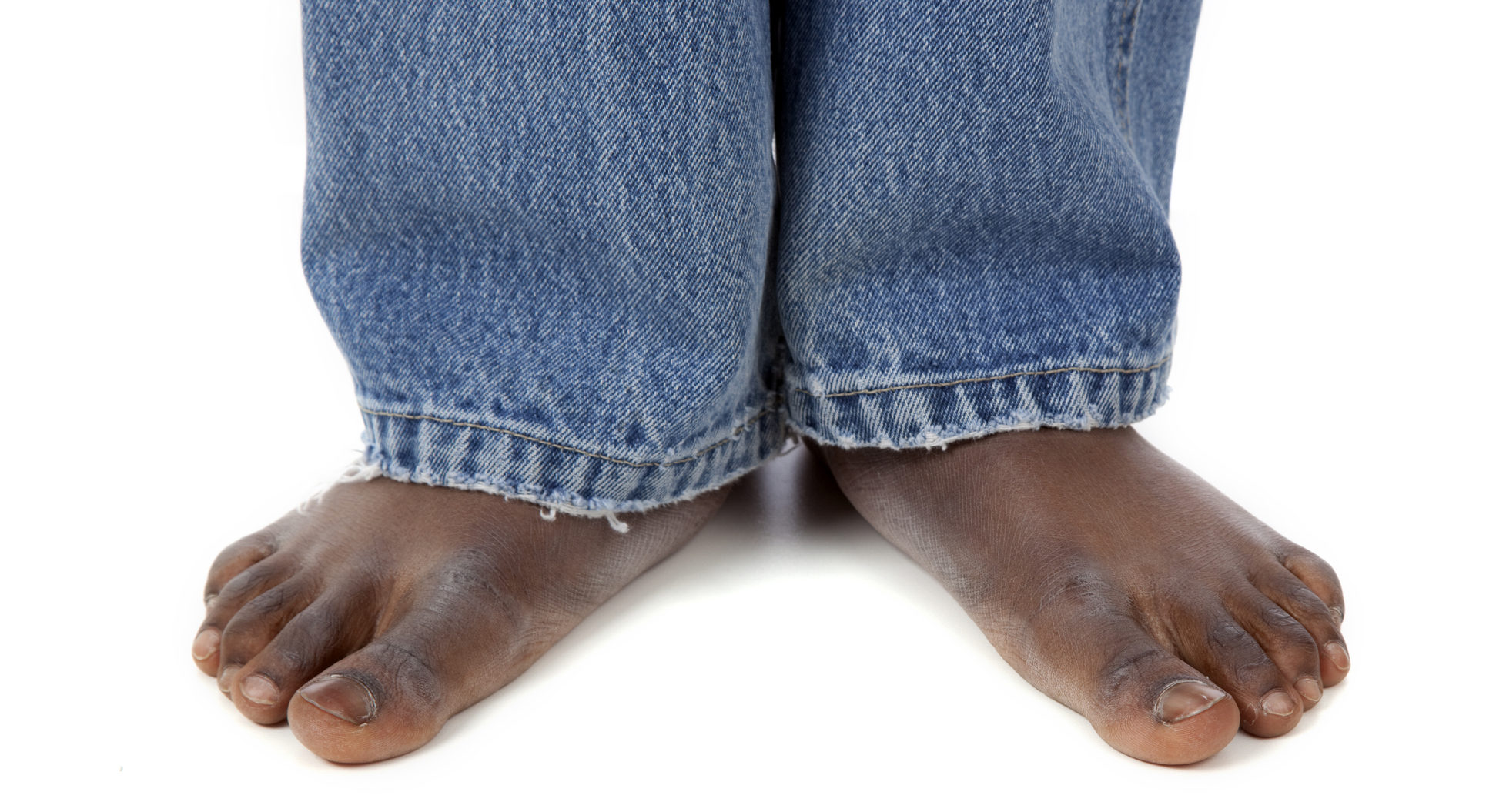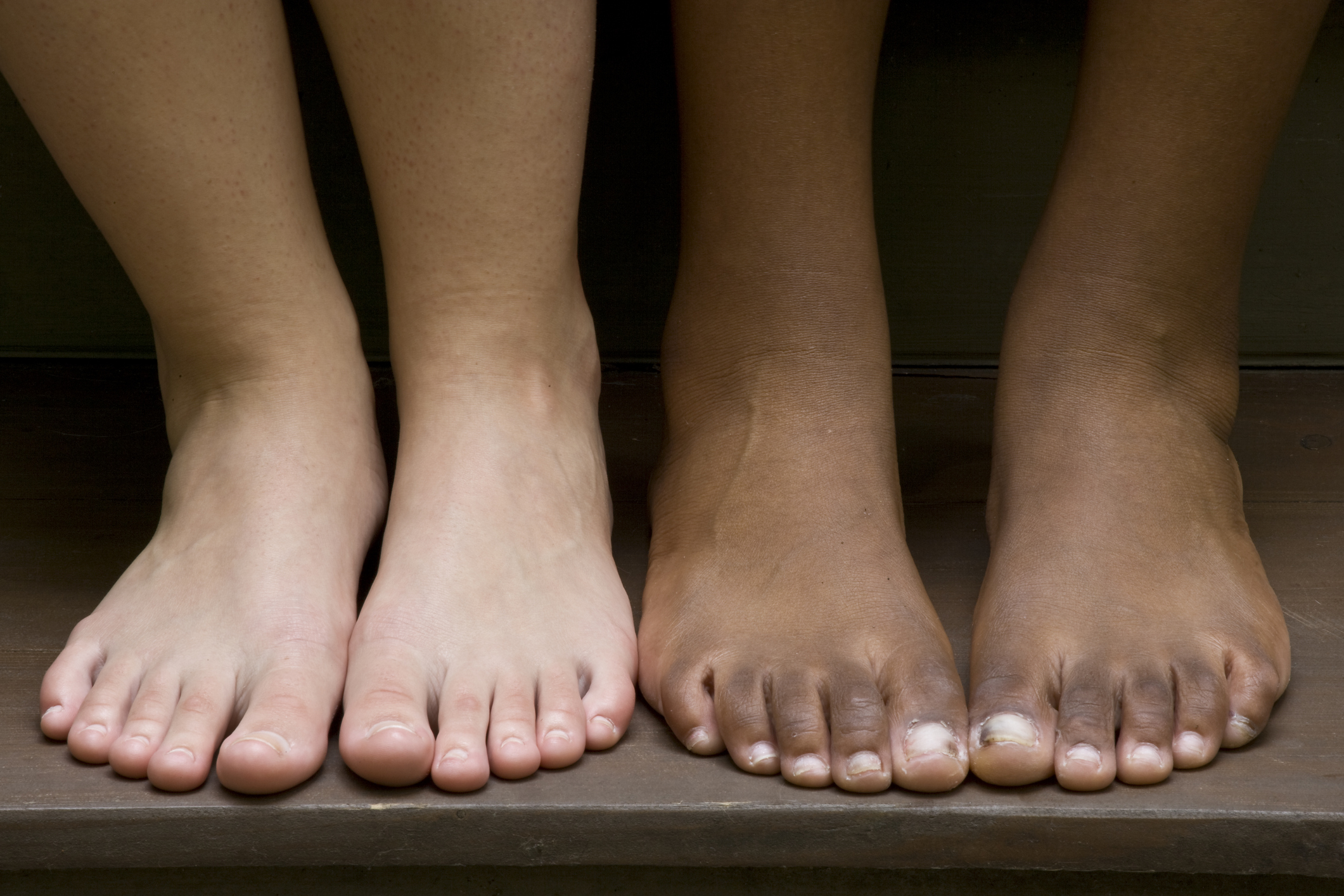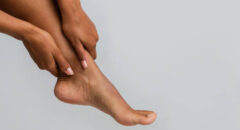
Ever since this COVID-19 pandemic started, there have been a number of reports of the symptoms you should look for if you think you have it. You’re most likely aware of the common symptoms:
- Cough
- Shortness of breath or difficulty breathing
- Chills
- Fever
- Muscle pain
- New loss of taste or smell
- Sore throat
The most prevalent symptom is the loss of appetite or anorexia. The second most common is upper-abdominal or epigastric (the area right below your ribs) pain or diarrhea, which is concerning to a lot of ulcerative colitis patients.
There are also less common symptoms that are reported like nausea, chest or heart issues or diarrhea. But have you heard of "COVID toes?"
Infectious disease experts suggest that "COVID toes" might be the result of the body's inflammatory response being focused on the foot and toes.
The lesions also could be tied to the clotting of blood vessels in these extremities. But there are no clear answers.
RELATED: New Symptoms of the Omicron Variant
What patients are experiencing are red or purple bumps on their toes or hands, as well as a burning sensation, often with pain and tenderness. It seems to go away after about 2-3 weeks.
Similar lesions also occur in other types of viral infections, particularly viral respiratory infections that lead to ARDS.
Many of the cases involving so-called "COVID toes" have been in children and young adults. Dr. Robin Gehris, division chief of pediatric dermatology at UPMC Children's Hospital of Pittsburgh has documented about 30 cases of "COVID toes" in children, teens and young adults under 26.

Many of them had symptoms similar to COVID-19 several weeks before their toe lesions appeared. "COVID toes" appeared as red or purple lesions that were tender, itchy or both.
“Patients with 'COVID toes' seem to be healthy when it presents and we wonder if they could be in the process of mounting an antibody response to the virus with secondary inflammation,” Gehris told the Pittsburgh Post-Gazette.
While COVID toes and rashes have been associated with the coronavirus more than other viral infections, Pulmonologist Dr. Humberto Choi explains that these symptoms haven’t been widespread so far.
“These symptoms seem to be more common in COVID-19 compared with all other viral infections,” says Dr. Choi. “But at this time, they haven’t affected a majority of people. So, the symptoms that people should be looking for are really a fever, cough, and muscle aches that you can get when you have a viral infection.
COVID Headache: Everything you Need to Know
Those are the most common symptoms — and those are the things that people should be keeping on their radar.”
Not so common symptoms include some that may mimic rheumatoid arthritis in the feet. Some complain of pain or stiffness in the toe joints or in the ligaments throughout the foot. Other symptoms include persistent aching or soreness in the feet and abnormal warmth in one or more areas of the foot.
While the toes may of interest to some when it comes to COVID, others are focusing on their breasts. Specifically, some people who have been vaccinated complain of "breast cancer" like symptoms.
Like all vaccines, the COVID-19 vaccines can cause swelling of the lymph nodes, which shows that your body is mounting an immune response. Swollen lymph nodes, however, can also be a symptom of breast cancer.
What's even more interesting is that these swollen lymph nodes can show up in a mammogram even if women can't feel them. That prompted the Society of Breast Imaging to recommend that women postpone any mammography scheduled within four weeks after their final COVID-19 shot.
Dermatology experts say one of the challenges around the toe lesions is that the knowledge is continuing to evolve around how they counsel patients regarding quarantine at this time.
People should be following CDC and local guidelines in terms of self-isolating, regardless. We know that some patients who develop the pernio-like lesions of their feet are still infectious, because they are testing PCR positive for the virus.
This means that there is a potential risk of transmitting the virus to others. It seems that some people may develop these lesions while they are still infectious, while others may develop them somewhat later in the disease course.
We need more data on the timing of these pernio-like lesions so we can better guide our providers on how to counsel their patients. That is an area we are actively working on.
This has public health implications because if your patient is potentially still infectious when their toes are purple, that is a different story than if they are not infectious and they are already basically over the infectious stage of the virus.
Bottom line: ask your doctor no matter of the symptoms or part of the body the symptoms appear.
One patient in a study conducted by the National Institutes of Health (NIH) was initally leary of getting his feet and toes checked out because of his previous underlying condition of prostate cancer.
According to the NIH, among tumor types, prostate cancer and COVID-19 share several risk factors, and the interaction of prostate cancer and COVID-19 is purported to have an adverse outcome. The study concluded that hospitalization and mortality rates were higher in prostate cancer patients with COVID-19 when compared with COVID-19 patients with non-prostate genitourinary (GU) malignancies.









